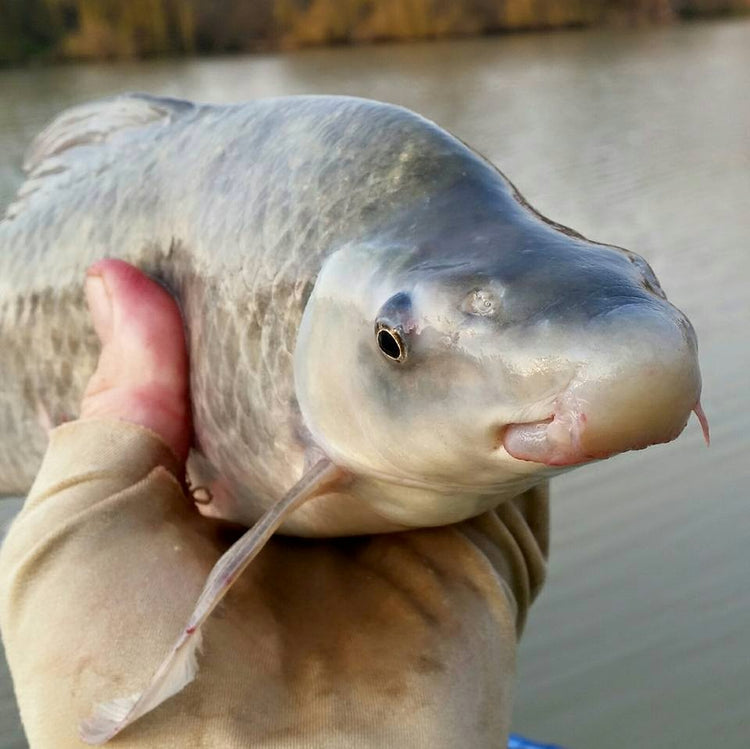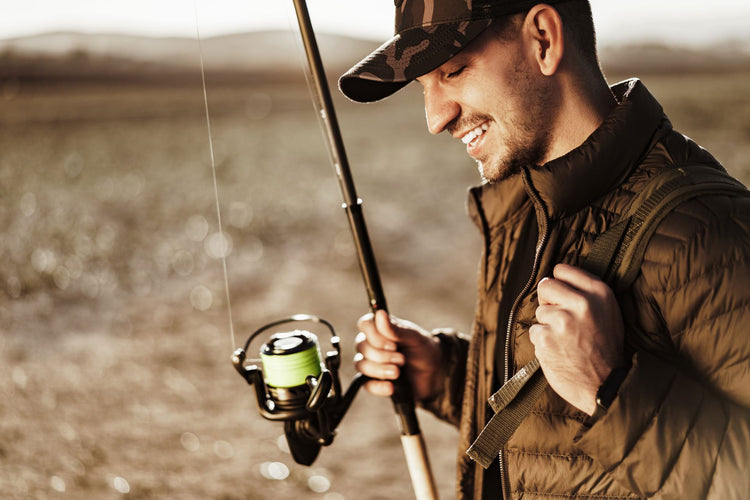With the fabulous autumnal weather during this time of the year (March-May) reflecting cooler night temperatures and mild days its the perfect time to go fishing.
The fish also sense that winter is fast approaching spurring them on to feed to build up vital protein and fat to get them through the winter. Of course this is great news for anglers as the fish become that little bit easier to catch.
On a recent session back at the Vaal River on one of my favourite spots - Aquavaal - I experienced an epic day's fishing where the river rewarded my efforts far beyond my expectations.

I made sure to mix my ground bait at home the day before my session to give the ground bait enough time to fully absorb the water and become inert. The reason for this is because I want the ground bait to be heavy, sink straight to the bottom and open up without releasing anything to the surface apart from attractive aromas and oils. The last thing you want is an active ground bait that releases particles floating to the surface as this will keep the fish happily feeding in the upper layers of the water column giving them no reason to settle on the bottom and go down to where your hook is. This is especially important in deep water like I had at the river (5,5m depth).
The ground bait I used is one I'm busy developing, its totally unique and completely different to anything that South-African anglers have ever used. Also completely new and different to the fish too so it needs thorough testing and fishing it in deep water at a challenging venue like Aquavaal is the perfect scenario. If it works and they like it and I manage to catch good bags of fish on it consistently at Aquavaal, then it can only work better anywhere else - or at least thats what I told myself 😄.
I had set up to fish two lines, one for the bigger fish in deep water (5,5m) on a flat spot 7 sections out and another right next to the bank in shallow (1,5m) water for small fish. The small fish line is there to try and catch anything and to keep me busy while the big fish line matures. It's important to feed the big fish line heavily at the start and leave it to rest - this attracts the fish to the spot and give them time to settle. Having line in the water and constant commotion on a spot where you're trying to attract and catch big fish in a wild water venue like the Vaal River is not good and it will spook the big wise fish even before they had a chance to actually settle in your swim.

In the image above you can see the long pole AKA big fish line, in this case only 7 sections out as apposed to a full 11m or 13m - the reason I settled on fishing 7 sections out for the big fish was because the depth between 7 sections (9m) and 13m was only about 3cm but the bottom was much flatter at 7 sections than at 13m meaning better presentation of bait and rigs. The small fish line was literally right next the bank as the river drops down from the bank like a cliff face almost immediately.

My starting hook bait for the small fish line was 2 maggots hooked top & tail. Note the hook I'm using is actually quite big, a size 12 Preston N-30 with the barb flattened to make unhooking quicker and easier. The reason for the big hook is a trick I learnt while fishing the world championships in Ireland in 2014 when I just could not convert the bites into hooked fish. I was mainly targeting small hand sized fish that were feeding frantically but as I struck at bites I could only catch one fish out of every 6th or more bites. As soon as I changed to bigger hooks the problem was solved. The small fish can get the big hook and hook bait in its mouth but find it extremely difficult to blow it back out without getting hooked.

My initial mix for the deep water "big fish" line consisted of 12 big balls of ground bait filled with particles. Particles included hemp & corn, dead maggots, chopped worm and soaked white maize rice in equal quantities (200ml). The balls were squeezed hard to make sure it reached the bottom and release the particles slowly. This way I knew it will be working for me; attracting fish and slowly feeding them to settle them down over the first two hours of the 5-hour session. Importantly I cupped the balls and did not throw them in, this is to ensure accuracy and to keep the balls from breaking on impact with the surface of the water.

Pole fishing is such an accurate and controlled way of fishing where an angler can be precise in how bait is introduced into the swim and how the bait is presented to the fish. Feeding with a pole cup mean you can create a feeding spot the size of a plate... yes a plate that humans eat from! More accurate than that you simply cannot get from any other form of fishing.
I managed to catch a good amount of smallmouth yellowfish (these fish are allowed to be counted in pole fishing competitions in SA as the long 4m keep nets we use are super safe and neglect any chance of the fish dying due to lack of space and movement) for the first two hours keeping me busy while the longer line matured. On the 1-hour mark I topped up the long line with 3 hand sized balls of the same mix but without chopped worm. I made sure to top it up again after 90 minutes as I was planning to fish it 2 hours into the session.

After 2 hours the fishing was so good on the short line that I decided to top up the long line again and keep fishing the short line meaning even more time for the bigger fish to settle in on that long line and hopefully giving me the best chance of catching them once I eventually decide to go on it.
I had set up a 2g float on .16mm main line and a .13mm hook line with a #14 Guru F1 Maggot hook to start with on the long line. When I started fishing the long line I initially used 2 maggots on the hook with the idea of trying to catch anything that was present then later I would change to a bigger hook on .15mm line if the big fish were present. Needless to say after catching several good sized Yellowfish I hooked my first proper fish and it was game on!

A big wild, strong river carp of about 3,5kg stretched my #11 Preston Dura Slip elastic for a good 15 minutes before expiring in the back of my landing net. This fish put a massive smile on my face and suddenly had me thinking that the session could not get any better - the size #14 F1 Maggot hook was buried deep in its mouth and held up surprisingly well for such a small light gauged hook! I was ecstatic at this moment and changed the hook line straight away to a more robust .15mm diameter line with a thicker wire gauged hook in the form of a Guru Kaizen #14.



The swim produced amazing fish after that initial big carp and I managed to catch a dozen of these beautiful Vaal River carp with big mudfish in between. I made sure to keep the fish in the swim by topping up regularly with the 1 hand sized balls laced with particles. This kept the fish grubbing around and rooting for more finding my hook bait regularly in between. Every time the float went under I counted to 3 and struck hooking the fish in the top lip - the perfect presentation.

I used a worm threaded onto the line in length with two dead maggots in front on the hook. This bait was both visual and smelling making it easy for the fish to find resulting in more bites and landed fish.




The fishing was so enjoyable that I didn't want to go home and fished on after the 5 hours had passed managing to catch a few more beautiful specimens. In fact I even returned two days later with my son and my wife as they also wanted a piece of the action and we had an amazing day again (more on this in a future blog).
Reflecting back I think the way I fished by giving the fish time to come into the swim, eat some bait and settle down with no line pressure for at least 3 hours made all the difference. The ground bait couldn't have had a better testing session and I was very happy with how it performed on its first test to the degree that it might see the shelves in the near future so make sure to keep an eye out for something a bit special...
I even caught and immediately returned a largemouth Yellowfish in the latter stages of the day keeping the species tally ticking nicely - this is a great sign as it means that all fish like eating the new ground bait and that they compete for it making it the perfect choice to anglers wanting to get lots of bites!
At the end of the day I could barely lift the keep net out of the water and estimate it to have been well over 35kg+! A fantastic day's fishing at the Vaal River and one that I will remember for a very long time. After the pictures I released all the fish back to their watery home and every single one swam off in perfect condition ready to be tempted to eating the next angler's bait... who knows, that angler might just be YOU!



